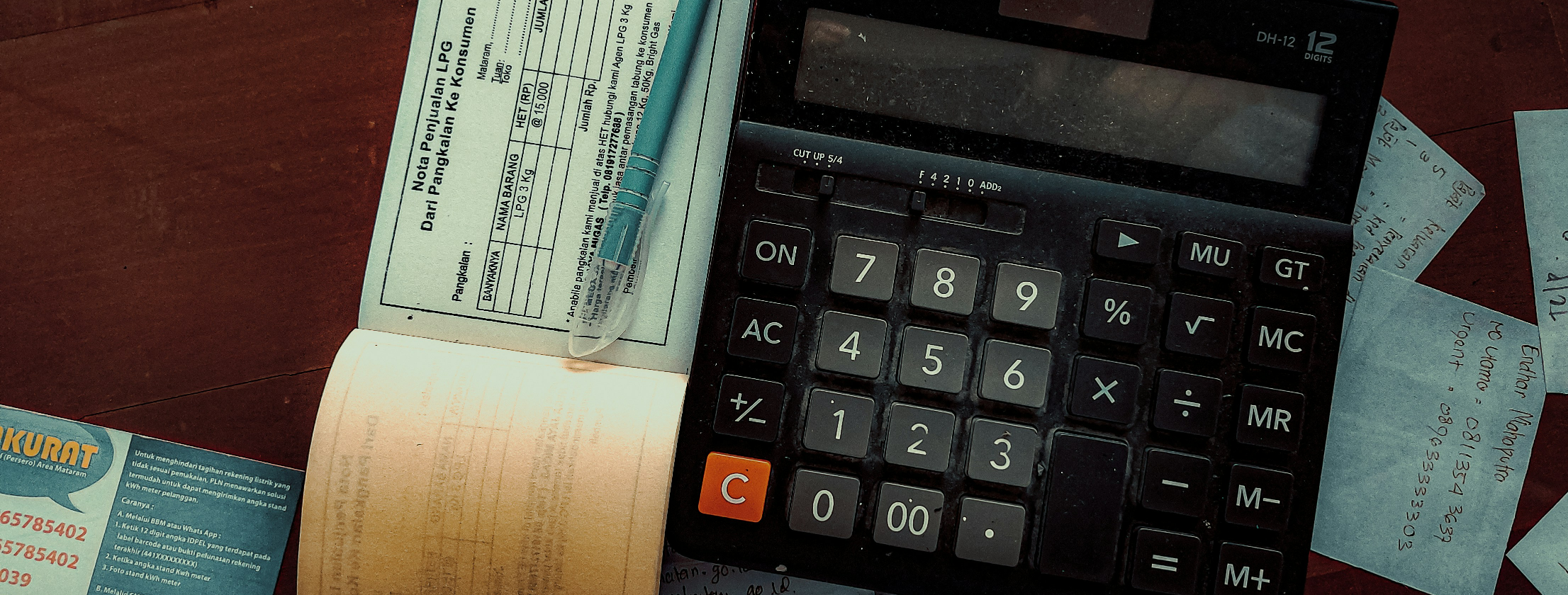
E-Invoicing Is coming: What it means for your company
The deadlines for mandatory electronic invoicing (e-invoicing) in the various European countries are fast approaching. What is e-invoicing again? What does it mean for you and what can Lesterius do for you?
WHY E-INVOICING?
Europe is actively encouraging companies to digitise their operations, and electronic invoicing (e-invoicing) plays a key role in this transition. More and more EU countries are now introducing clear deadlines for mandatory digital invoicing, including for business-to-business (B2B) transactions.
Until now, many companies were already familiar with sending e-invoices to government bodies. For invoicing between companies, e-invoicing will become mandatory from these deadlines:
Belgium & Spain: deadline on January 1, 2026
Netherlands: January 1, 2028
Sweden: no definitive date yet
What does e-invoicing actually involve?
Invoices must now be created in a structured digital format (such as UBL) and sent via a local network (Peppol/VeriFactu) to both customers and government bodies.
Every company will need to register with such a network and will receive a unique ID.
This allows you to:
Send outgoing invoices securely through this network
Receive incoming invoices from suppliers via the same network
Important: Within this new framework, only invoices sent via this network are legally valid.
key considerations about e-invoicing
To send invoices via these networks, you’ll need an access provider—a certified intermediary that:
Converts your invoices into the correct digital format (such as UBL)
Sends them securely through the local network
In practice, your access provider could be:
Your accounting software, if it offers this functionality
An independent access provider, such as B2B Router
Invoicing from FileMaker? Yes, you can.
Many accounting platforms now act as access providers. However, they typically only allow e-invoicing if the invoice is created within their system. This often means:
Importing your invoice data into their platform
Adapting your layout to fit their templates
FileMaker users may see this as a loss of flexibility and control over their invoicing process. That’s why Lesterius partners with B2B Router, an independent access provider, so you can:
Continue creating invoices in FileMaker, just as you do now
Send them via these local networks to government bodies or business clients, both locally and internationally
Prefer to use your accounting software instead?
That’s certainly possible. In this case, we can help you set up an integration between FileMaker and your accounting system. This allows sales data to be automatically forwarded and processed. Keep in mind: this approach is often more complex—especially if you also want to generate the invoice layout within the accounting software.
How smooth is the integration process?
For most customers, we focus on automating sales invoices and credit notes. Purchase invoices are usually received via a locally authorized network but still processed manually. In more advanced setups, we can automate the full flow—receiving purchase invoices via B2B Router directly into FileMaker, where they can be verified and processed further.
Key considerations for a successful integration:
Where are your customers located? Only locally, across the EU, or also outside the EU?
What data needs validation? Different EU countries use different databases for ID checks.
How complex are your invoices? Discounts, returns, multiple VAT rates—these must all be passed on accurately in digital format.
In short, some integrations are straightforward. Others can be more complex, depending on your business needs, geography, and invoicing structure.
Our experience shows that even local access providers are still navigating the evolving landscape. Many rules are country-specific, and some are still being defined.
For example, in Belgium, the framework for self-billing has yet to be finalised—even though the deadline is fast approaching.
Why You Should Start Now
We strongly recommend starting today with your e-invoicing implementation. Doing so, avoids taking rushed decisions or making costly mistakes. You can anticipate and resolve technical issues and ensure that your systems and team are fully ready before enforcement begins.
Turning Obligation Into Opportunity
E-invoicing may be a legal requirement—but it also presents an opportunity to improve your internal processes. At Lesterius, we guide clients through the transition while helping them optimise their broader accounting workflow. In many cases, this includes:
Integration with your accounting software
Automated booking of sales invoices, credit notes, and bank transactions
Improved reporting and analysis for smarter business decisions
